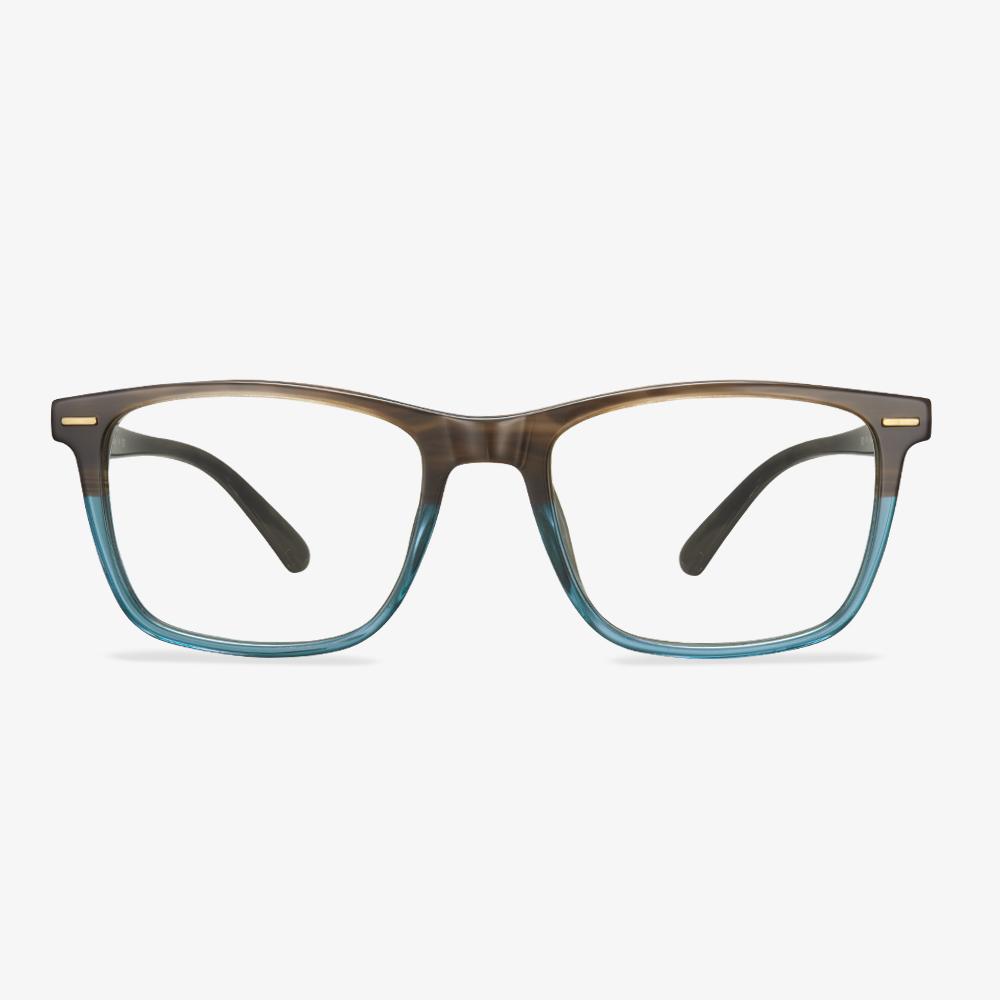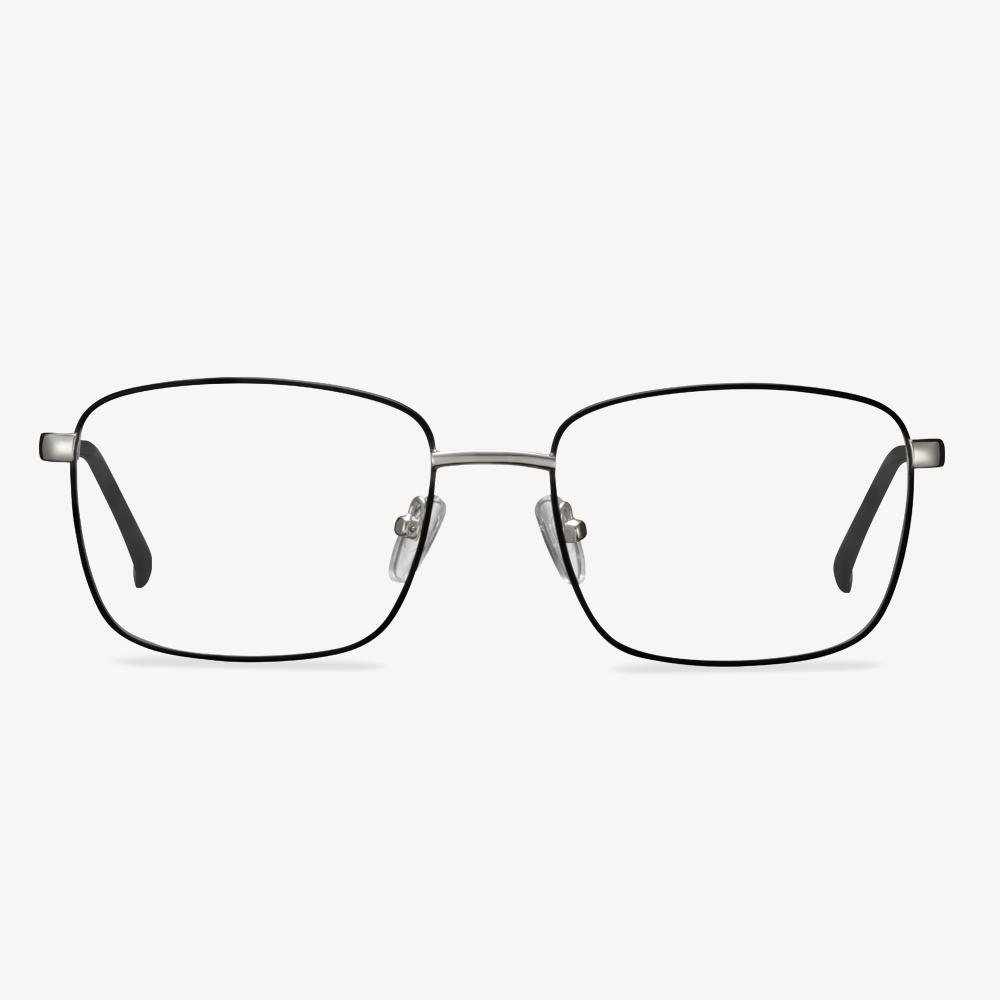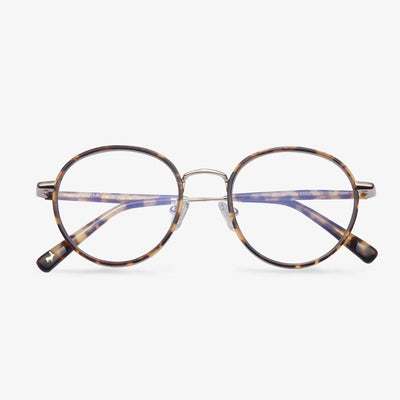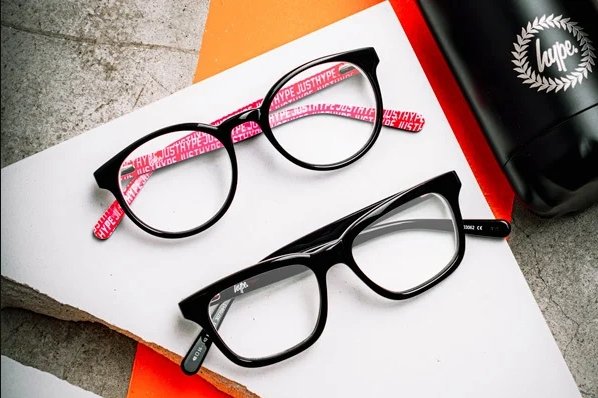How to Tell If Your Progressive Lenses Are Correct?
When you can’t read with your progressive glasses, you can try this way. Hold something you want to read in your hands and lower your look with your eyes. But please note do not move your chin down as you look down. Then look down at something to read but do not lower your chin. Look at something you want to read. Rotate your head to the left and right and right with one eye at a time. If you can read in a rotated position, the reading zone is out of place. If you can’t read at all, the progressive glasses may be wrong.
Who is suitable to wear progressive lenses
Progressive multifocal glasses are suitable for people with presbyopia or visual fatigue, especially teachers, physicians, musicians, computer operators, etc. They not only need to see far and near objects, but also most of the time, need to see objects at intermediate distances such as blackboards, piano scores, and computer screens. A pair of scientifically customized progressive multifocal glasses can simultaneously meet the needs of distance use, near use, and various distances in between. Some special young myopia patients wearing progressive multifocal glasses can also be used to correct the refractive power and effectively relieve eye fatigue.
Disadvantages of polarized sunglasses
Polarized sunglasses have many benefits. However, in some cases, non-polarized lenses are a safer choice. On cloudy days, drivers find that non-polarized sunglasses are better than polarized sunglasses due to the lack of glare and extreme sunlight.
Driving with polarized lenses after snowing can be dangerous for drivers. As the glare of polarized sunglasses is blocked, ice or snow on the road will not be visible. In this case, the advantages of polarized sunglasses will become the disadvantages that may cause accidents.
In addition, when driving along a dark road with few street lights at night, wearing polarized lenses will make it harder to see the road conditions because they dim the available light better than non-polarized glasses. Of course, in low-light conditions, it is best to avoid wearing sunglasses completely while driving.
The most significant disadvantage of polarized sunglasses is that they do not perform well on digital screens and displays. They can cause the images and information on the LCD screen to blur or disappear at certain angles. Don’t wear polarized sunglasses to use these devices while driving.
Understand the impact of frame selection on the lens
Frame size is an important consideration when using progressive lenses because some progressive lenses work better in frames of different sizes. Since progressive lenses allow you to see at all distances, it's important that the whole range of vision fits within the frame. Therefore, very short lenses and larger lenses are not suitable for progressive lenses.
How to Perform Glasses Measurements?
If there is no number on the temple of eyeglasses, you can perform glasses measurements by yourself. Now, we will show how to do that.
To measure the glasses’ size, you need to prepare a ruler or a tape first. To measure the frame width, measure the entire horizontal front of the frame, from the furthest extended point on either side. As for lens height, you should measure the vertical height of the lens. As for the bridge, you should measure the part that goes across the bridge of your nose. The temple arms include the front of the frame on either side and the rest behind your ear. The lens width is the horizontal diameter of one lens. So, when measuring these, you should be careful.
After that, you have measured the glasses frame size. If you want to know whether your face is right for this frame, you can read the post: How to Measure Face for Glasses Frames - 7 Steps
If you need a pair of new glasses, you can try Koalaeye glasses. They are stylish and cheap and they are lots of available choices.
Color process of Contact lenses
Pigment printing process
It refers to the direct printing of pigments or patterns on the inside of the lens and then drying, which is the main production process of poor-quality chromatic contact lenses. Usually, small factories and small workshops use this method. The lens is being phased out because the pigment can easily seep out from the surface during wearing, causing discoloration and staining, and irritation to the eyes, which is a big risk.
Pigment build-in process
To be specific, the lens made by sandwich technology is a three-layer structure, the front and rear are colorless transparent layers, and the middle is a colored layer. After the processing of sandwich technology, the color layer is wrapped in the middle of the front and rear transparent layer, so that the pigment will not contact the eyes, which will not cause irritation and injury to the eyes. The downside of this process, however, is that the lenses are slightly thicker than normal contact lenses and are less oxygen-permeable, so they are not suitable for long-term wear.
The pressed film manufacturing process
This is a relatively new method of a similar sandwich process, and the color (pattern) is also made between the front and rear layers of the lens. But the color (pattern) is used to fill in the film process. During lens curing, the pigment seeps into the material instead of sticking to the surface. It feels as if the lens is covered in color within a single layer. This reduces the middle layer and makes the lens thinner, which naturally makes it more comfortable and permeable to oxygen.
How To Use Contact Lens Correctly?
A periodic review is necessary. In the process of wearing contact lenses, the eyes may change due to the existence of contact lenses. At the same time, in the process of wearing contact lenses, the lens may be polluted, damaged, and have other changes. This is to check regularly to prevent damage to the eyes. Usually, the recommended review period is one week, one month, three months, half a year, and once every half a year after wearing it.











































